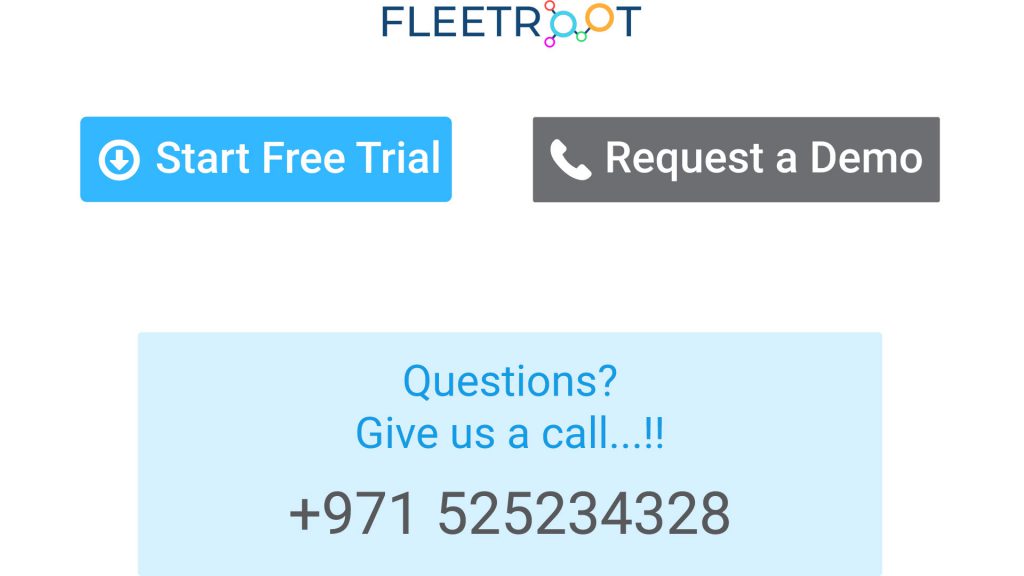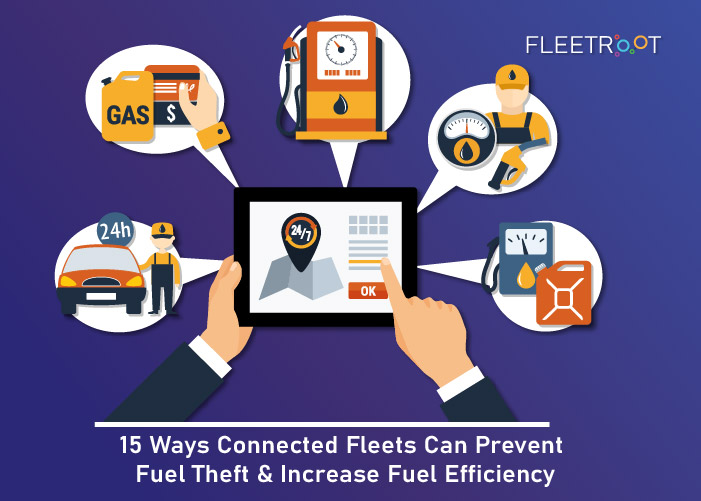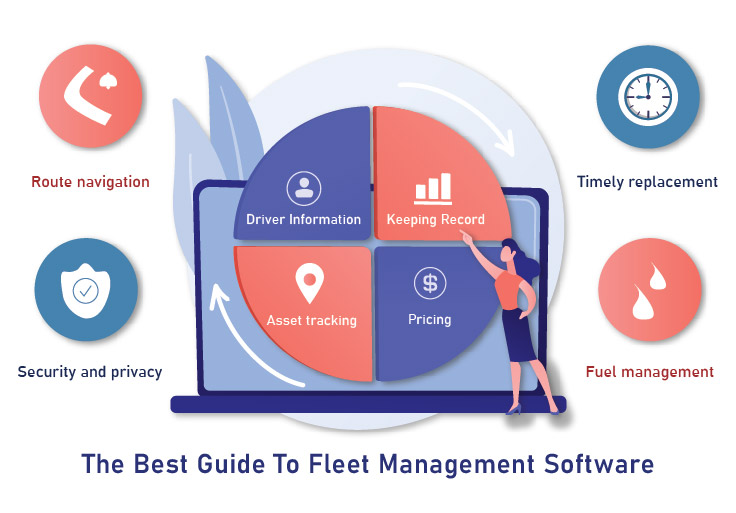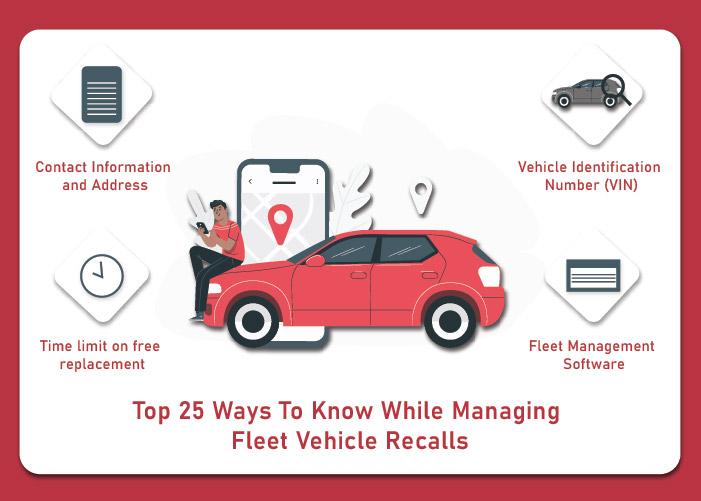In an industry where operational efficiency is the key, and fuel accounts for close to 30% of total expenses, fuel theft / fraudulent fuel purchases can be like a stab in the back. The big question for companies is – how can we prevent fuel theft and increase fuel efficiency at the same time?
The answer lies in adopting the right fleet management technology for your business. Let’s see how Fleet Telematics, powered by the latest GPS tracking, IOT and fleet management software can help you stay one step ahead of detractors AND drive fuel efficiency:
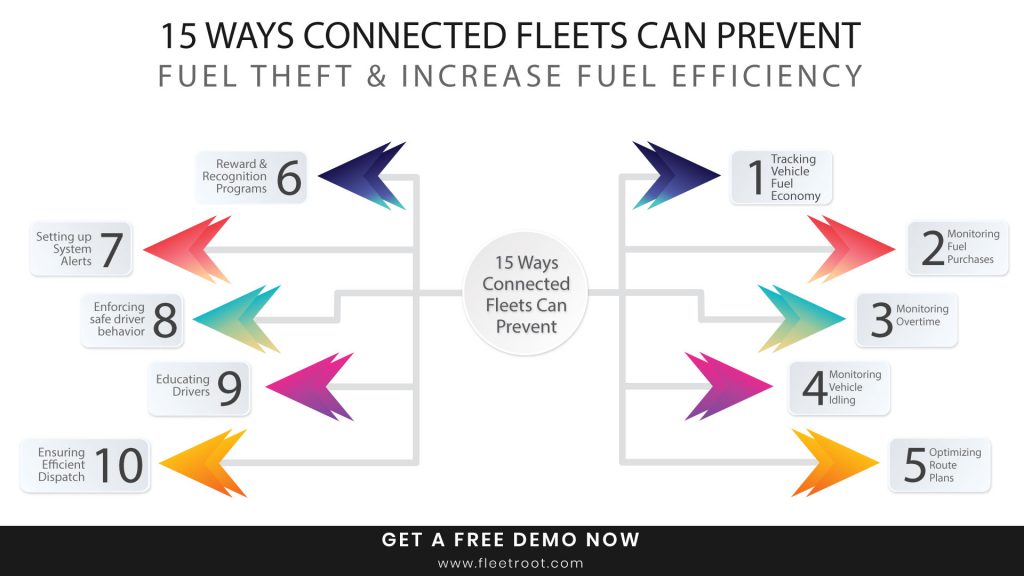
1.Tracking Vehicle Fuel Economy: Monitoring speed, mileage and fuel tank levels can help determine fuel economy for every vehicle in the fleet.
A deterioration in fuel economy versus the vehicle-type average can be a red flag for further investigation, and fuel theft could be a possibility.
2.Monitoring Fuel Purchases: Fuel sensors on board in every vehicle can indicate when, where and how much fuel was filled in the tank.
Additionally, integrating Fuel card purchase records with GPS tracking can show if the vehicle was indeed present in the immediate vicinity when the transaction took place.
This can help us to track down unauthorized fuel purchases.
Setting up transaction limits on fuel card purchases can further act as a deterrent.
3.Monitoring Overtime: Some workers may claim overtime to justify higher fuel bills.
Cross checking automated time-sheets with GPS data can indicate if workers were actually on site at that time.
Further, for special equipment on site, if Power Take Off (PTO) is activated, then it is possible to check if the equipment was actually in operation at that time.
4.Monitoring Unauthorized Use of Vehicle: Fleet operators can set up geo-fencing: virtual demarcations around their work sites/client locations. Alerts can be sent out to fleet operators every time the vehicle enters or leaves the demarcated area.
Thus, fleet operators will now know exactly when the vehicle is off site and track down drivers that are ‘moonlighting’ or using the vehicle for unauthorized purposes.
5.Monitoring Vehicle Idling: An engine running with no distance covered essentially means fuel down the drain, since there is no revenue attached to it.
But by closely monitoring fleet movements, stoppages and other activities in real time, and drilling down into the reports, we can determine the extent of idling as well as the locations where it happened – e.g., whether it was a particular route, customer premises or an out of route location.
6.Optimizing Route Plans: A larger number of stops and starts, plus gear changes along a route can result in higher fuel consumption.
However, it is now possible to monitor road quality as well as traffic ahead of time, combine nearby sales orders and choose the most efficient route, ensuring a continuous run for the vehicle and optimum utilization of driver work hours.
7.Ensuring Efficient Dispatch: A real time connectivity between customers, fleet operators and drivers can ensure that the best and nearest possible match of vehicle is automatically selected every time, ensuring the best utilization of vehicle capacity, which also contributes to fuel conservation.
8.Monitoring Preventive Maintenance Schedules: Keeping a vehicle in good shape is critical to operational efficiency. A simple issue such as not having the optimum tire pressure can affect the fuel consumption.
The remote diagnostic feature in the software can help to analyze and prioritize faults and follow a checklist for preventive maintenance, ensuring that fuel efficiency is never compromised.
9.Monitoring Driver Behavior: According to the US Dept. of Energy, aggressive driver behavior such as excessive speeding, abrupt breaking and turning can lower gas mileage by as much as 30% on highways and 40% on start and stop routes.
However, by studying reports generated by individual driver and vehicle, fleet operators can get deeper insights into the various driving styles of their drivers, compare their fuel efficiencies, and take the corrective steps.
10.Phasing out Older and Inefficient vehicles: Fleet operators can playback historical data on key health parameters for a vehicle, its speed, mileage, breakdown rates and maintenance issues.
This can help them identify vehicles that are a drain to operations. They can then decide to phase out or replace them to keep their fleet optimized.
11.Ensuring Better Communication: Connected Manager and Driver mobile-phone apps ensures a two-way communication, while also letting drivers know that they are being monitored closely.
Many businesses follow a policy of one driver-one vehicle, to ensure better accountability.
12.Educating Drivers: Drivers can be better equipped to face adverse situations if they are educated on aspects of vehicle safety and the current anti- fuel theft systems in place.
Additionally, if they can understand that better driving habits means higher fuel efficiency and profits for the company, ultimately leading to higher job security for them, they can start taking more responsible actions.
13.Enforcing safe driver behavior: The system can automatically lay out Driver Vehicle Inspection Report (DVIR) schedules for drivers to record the data before a trip or at prescribed intervals.
This ensures that drivers are aware and accountable for the over-all health and safety of the vehicles.
14.Setting up System Alerts: Specific events can set up in the system, such that beep alerts can be relayed to drivers in real time, e.g., every time they exceed speed limits, brake too hard, or forget to wear the safety belt.
Some advanced tracking systems can also allow for short message scrolls that give constructive tips and suggestions on how the driver could have done better in a particular situation.
15.Reward and Recognition Programs: Analyzing individual driver behavior parameters over time can help to identify star performers. Recognizing and rewarding them can go a long way in reinforcing better driver behavior.
In conclusion, fleet telematics coupled with the best fleet management software can effectively curb the menace of fuel fraud, help fleets meet their fuel reduction goals, and ensure more productivity and profits for their business.

